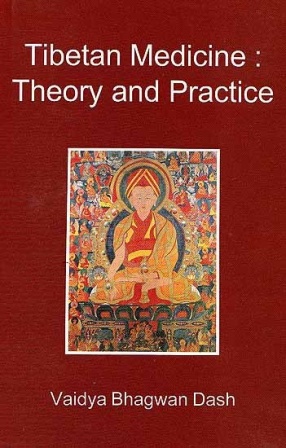
Vaidya Bhagwan Dash

Showing all 9 books

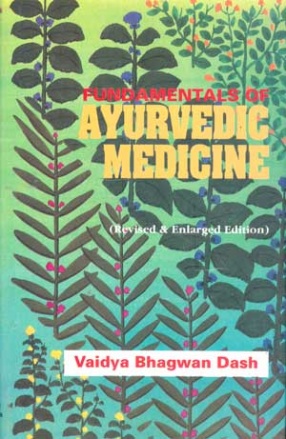

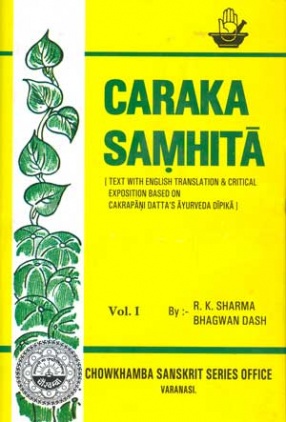

The traditional medicine of Tibet, still popular among the local inhabitants and those of the border regions of the neighbouring countries, is a conglomeration of science, art, philosophy and religion, one closely depending upon the other. It has its own concepts of composition of the universe and body, physiology, pharmacology and pathology. It has its unique way of diagnosing diseases and treating them. The physician is considered to be an epitome of physical, ...
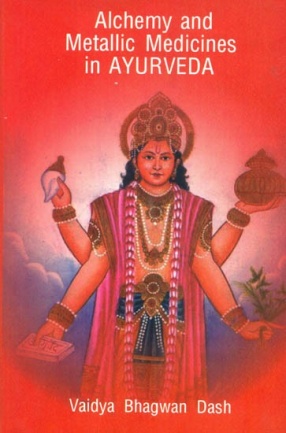
In view of the growing popularity of Ayurveda in India and abroad, there is a growing demand from students, teachers and research workers for books on different aspects of this unique system of Life-Science in a non-technical and easily understandable language, particularly in English. Alchemy (transmutation of ordinary mercury into gold, etc.), Which is considered to be a myth in the West was in practice in this country much before 5th cent. B.C. and it was ...
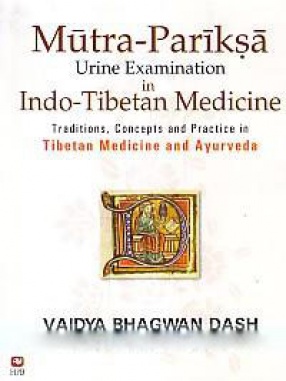

Traditional systems of medicines developed in various parts of the world during different ages. A systematic shape was given to them in different ancient centres of civilization and culture. Some of these traditional systems are based on a rational and sound fundamental principles and some others have only an empirical base. Some of those traditional systems did not survive and have become subjects of history whereas others like the traditional system of medicine ...
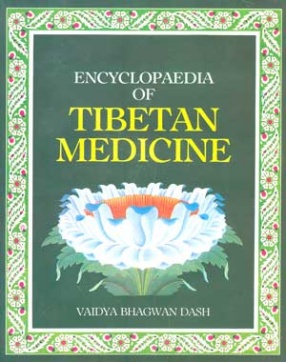
The basic and the most important classic of Tibetan medicine is briefly called Rgyud-bzi or a compendium of four texts. These four texts are as follows: (1) Rtsa-rgyud (Mula-tantra) of the Primary text; (2) B'sad-pa'I rgyud (Akhyata-tantra) or the Explanatory text; (3) Man-nag rgyud (Upade'sa-tantra) or the Text of Instructions: and (4) Phyi-ma'i rgyud (uttara-tantra) or the Subsidiary text. The first text having six chapters only has already been published as ...
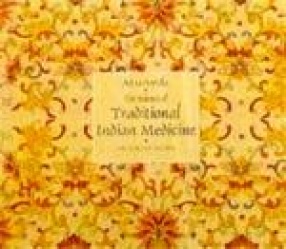
Rooted in the wisdom and practices of a 2000-year old civilization, handed down by generations of sages and ascetics, Ayurveda or the 'science of life' is one of the oldest systems of healing in the world. Although its approach is holistic, its theories are logical and succint. This book tries to introduce the lay reader to the basic principles of an ancient Indian science whose aim is to keep the body healthy in order to bring tranquility to the mind and satisfy ...

In spite of phenomenal advancement of modern medicine, many diseases continue to remain incurable, and for some curable diseases, the after-effects of drugs bring more miseries than the disease itself. Ayurvedic physicians handle these diseases with considerable success and since centuries Ayurvedic therapies are well known to be free from toxicity. Scholars and physicians of different countries have contributed in the past, to the development of the fundamental ...

The Caraka Samhita stands at the top of the ancient texts representing the School of Medicine in Ayurveda founded by the great Scholar-Sage Punarvasu Atreya. Its value is further enhanced by the fact that it is the only text available in complete form where-as other contemporary Samhitas such as of Jatukarna, Parasara etc. perished, that of Bhela is incomplete and that of Harita is dragged into controversy. Thus any scholar desirous to know about the fundamentals ...
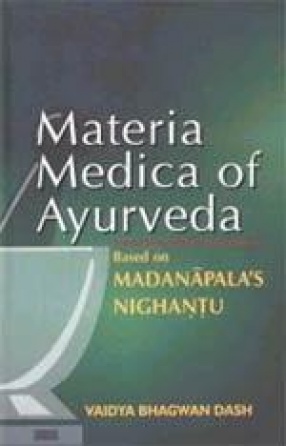
Madanapala introduced many new drugs such as opium, bhanga, jayapala, kumari, parasika yavani, methika, cauhara, sulemani kharjura, seva, amrtaphala, anjira, kundalika, pheni etc. and also described the properties of human urine and established the concept of bala catustaya. Thus, in every respect, it constructed the base and paved the way for the Bhavaprakasa nighantu which dominated the field for centuries and is the most popular text of dravya guna even today. ...
